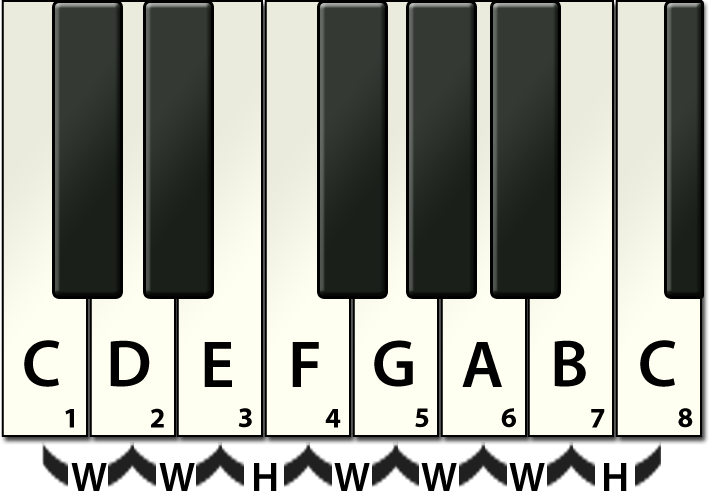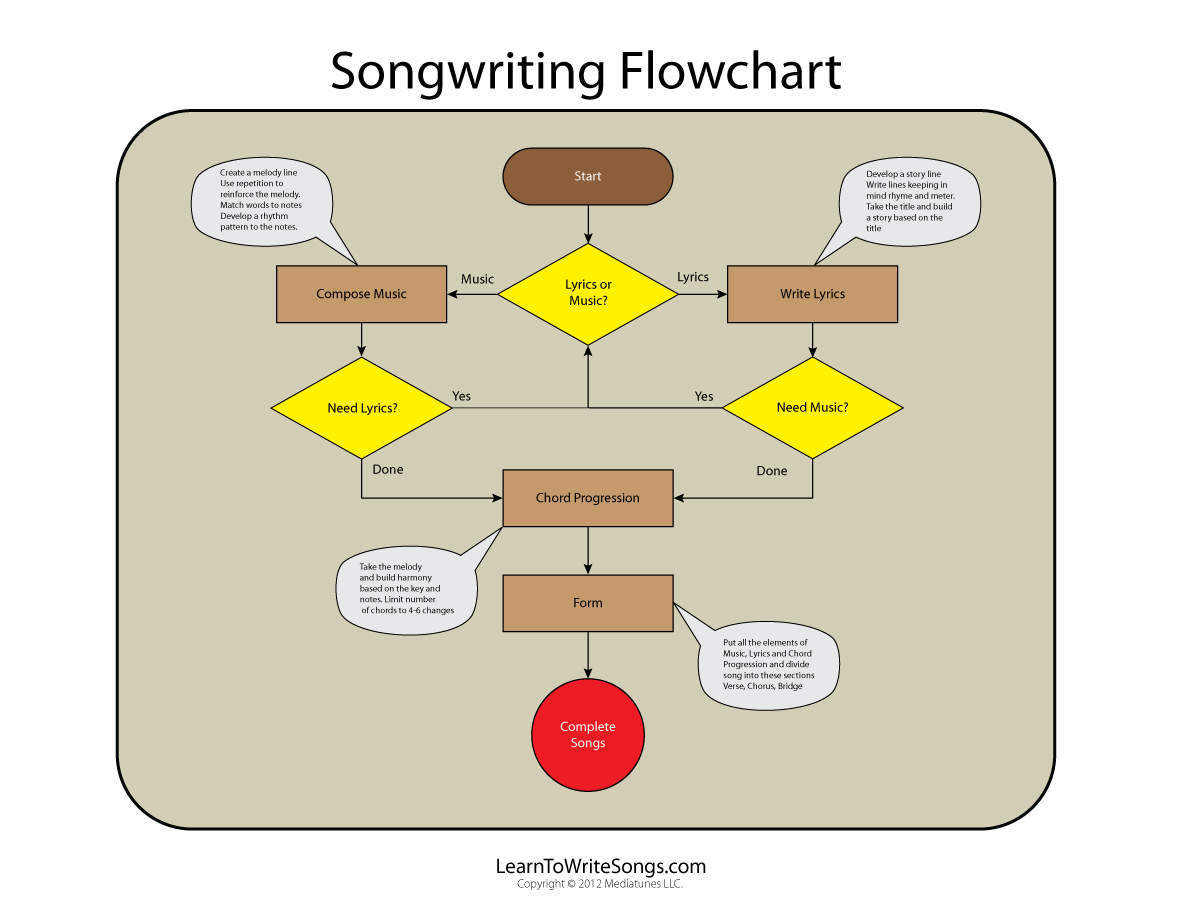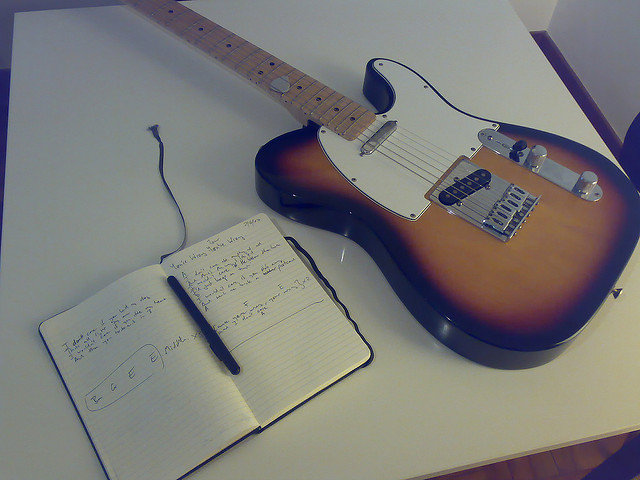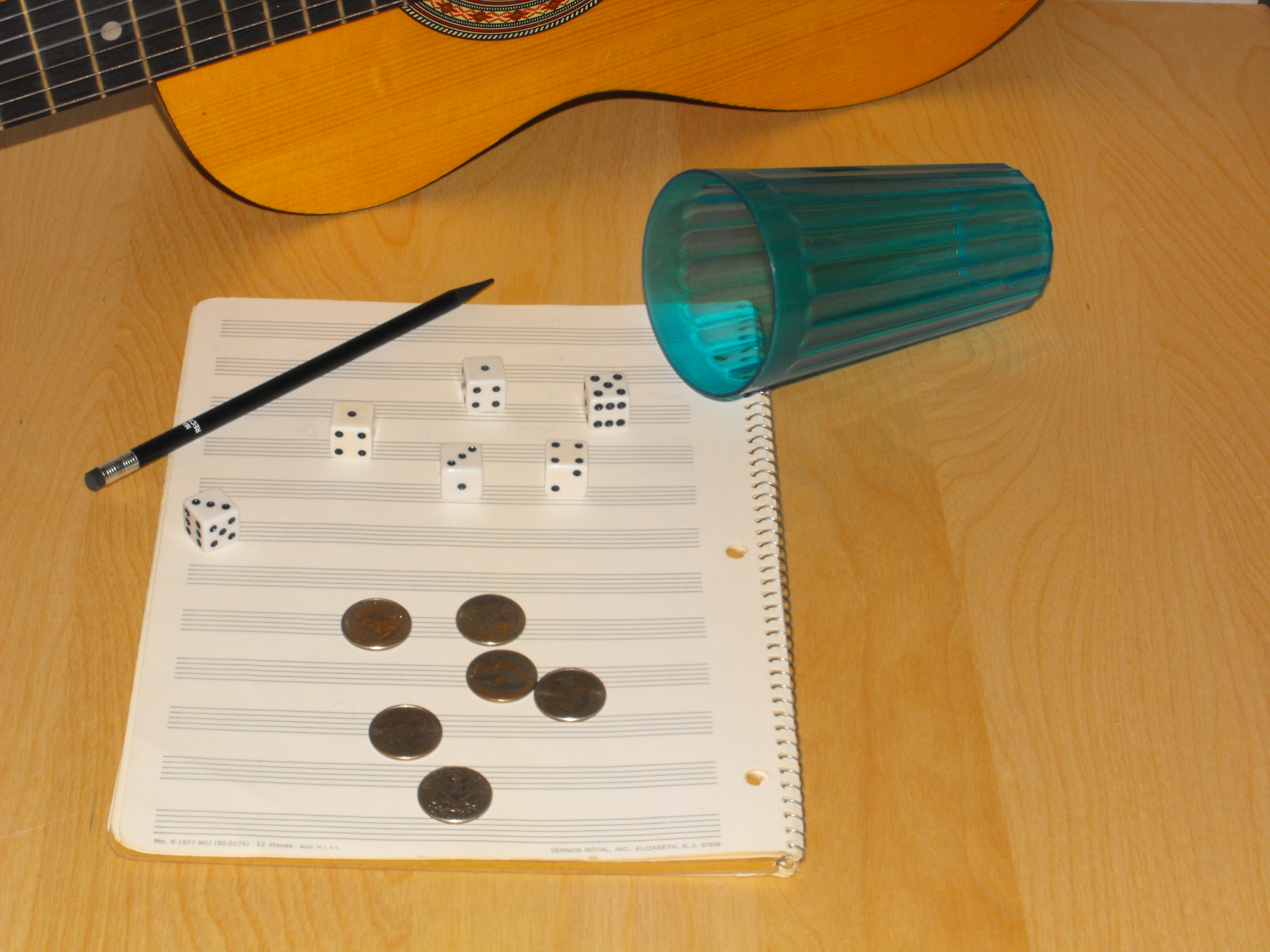Logics You Can Use While Writing Melodious Songs


Writing songs is a tough task if you don’t know the basics of music. Melody is what listeners remember in their head after listening to a melodious song. Melodies are fun to hear but hard to create. Melodies feel like they have already been written before. So, if you want to write unique and memorable songs, this post is for you.
What is Melody?
The basic definition of melody is that it is a series of notes that seems like a single entity to the listener. When a listener hears a song, he or she does not listen to it as a series of notes but as a continuous tone.
The listeners are not interested in the notes or efforts you put in to create a melody. They look for what they can take away from the music you created. Let us dive deeper into the melody and check what is inside it.
What is a melody made of?
By definition, a melody is monophonic, but it is represented as a horizontal notation. A melody consists of the elements – contour, range, intervals, structure, and scale.
Contour
A contour is a line that ascends arches, descends, and dips that is a part of a melody. There is no formula for a contour, and the variation in it depends on the music you compose. The contours can elicit emotional reactions in the mind of the listener. An ascending melody uplifts the emotions while descending can make a listener feel down.
Range
The range of a tone is the distance from the lowest to highest note in a melody. Songwriters should consider the range as a wide range can make a song challenge to hum or whistle and remember. On the other hand, a narrow range has a less variation in pitch, which makes it less attractive to the listener.
Intervals
A melody uses multiple notes, so there is always more than one melodic interval. Does a tune jump up to specific notes, or does it moves up incrementally? It’s essential to know various ranges and the quality of music they contain.
Structure
Every melody has a structure and have various sections as A, B, and C. Think of up and down, call and response, etc.
Scale
Melodies are made up of scales. There are various types of scales from which tunes are made. Here are some types of scales.
- Modal – Modals are variable patterns of major and minor scales beginning at different points.
- Major and minor – The majority of western music is made up of major and minor scales.
- Chromatic Scales – The chromatic scales contains all the twelve notes.
- Pentatonic scale – The pentatonic scale is a five note scale that is used in blues and rock music.
How to Create a Melody
Now, as you have a basic idea of tunes and the elements they are made of, let us go through the process of writing melodious songs.
- Play around
Most of the best melodies were made when someone hit random noted on a classical piano. Take a musical instrument in your home and play around creating patterns until you get a good tone. If you don’t have any device, you can download them online, or a piano app on your mobile and start playing the same to create something good.

- Transform an idea
You can take a simple progression of some notes (three or four in the beginning) and turn it into a melody. Take a small series of notes that you found while playing an instrument in the previous step. People who are naturally inclined to music can come up with new ideas of music similar to as an artist comes up with ideas for a painting.
- Begin with the chords
If you have made chords earlier, you can play around them to find a melody. Most people who play a guitar or piano rely on the chords to create music. Do the same thing as you do with the instrument in the first step but with the chords, until you find a right tone.
Many websites offer you to play chords that you can use in case there is no instrument. Try humming around the chords and experiment with them to make it more meaningful. As a person can make only one sound at a time, you will find a melody before know about the same. - Borrow from a melody
It seems unethical to steal the sounds from someone’s song, but you can use the tiny piece of music from a song and modify it into an entirely different tone. Even if you take a progression of three or four notes and make sufficient changes in them, you can create a piece of different music that will be entirely original. The key to using a sliver of an existing melody is to transform it into something new. It is best if you take it from a different genre. For example, if you want to write a folk melody, try to borrow it from a rap song.

- Create on a motif
A series of notes that forms music is known as a motif. Music creators create a motif and repeat that series of notes by making little changes to create a melody. A motif is an excellent option for creators that struggle to create a new melody, as all they need is to start with a few notes.
The best example of creating a melodious song on a motif is the Allegro Con Brio that is Beethoven’s Symphony no. 5. Beethoven took a tiny theme and repeated it several times to create one of the most iconic musical pieces ever and created a history.
Final Words on Writing Melodious Songs
These are the steps and logic that you can use to write melodious songs. If you find it challenging to create a melody from scratch, download some existing songs from a music store online and try to pick a tune to modify it into something new. Practicing and experimenting consistently is the key to success in this field. So, music composers should have patience and don’t let themselves down until they reach the stage where they can come up with their best creation.
Article contribution by Emily Bartels
Image Credits:







Leave a Reply